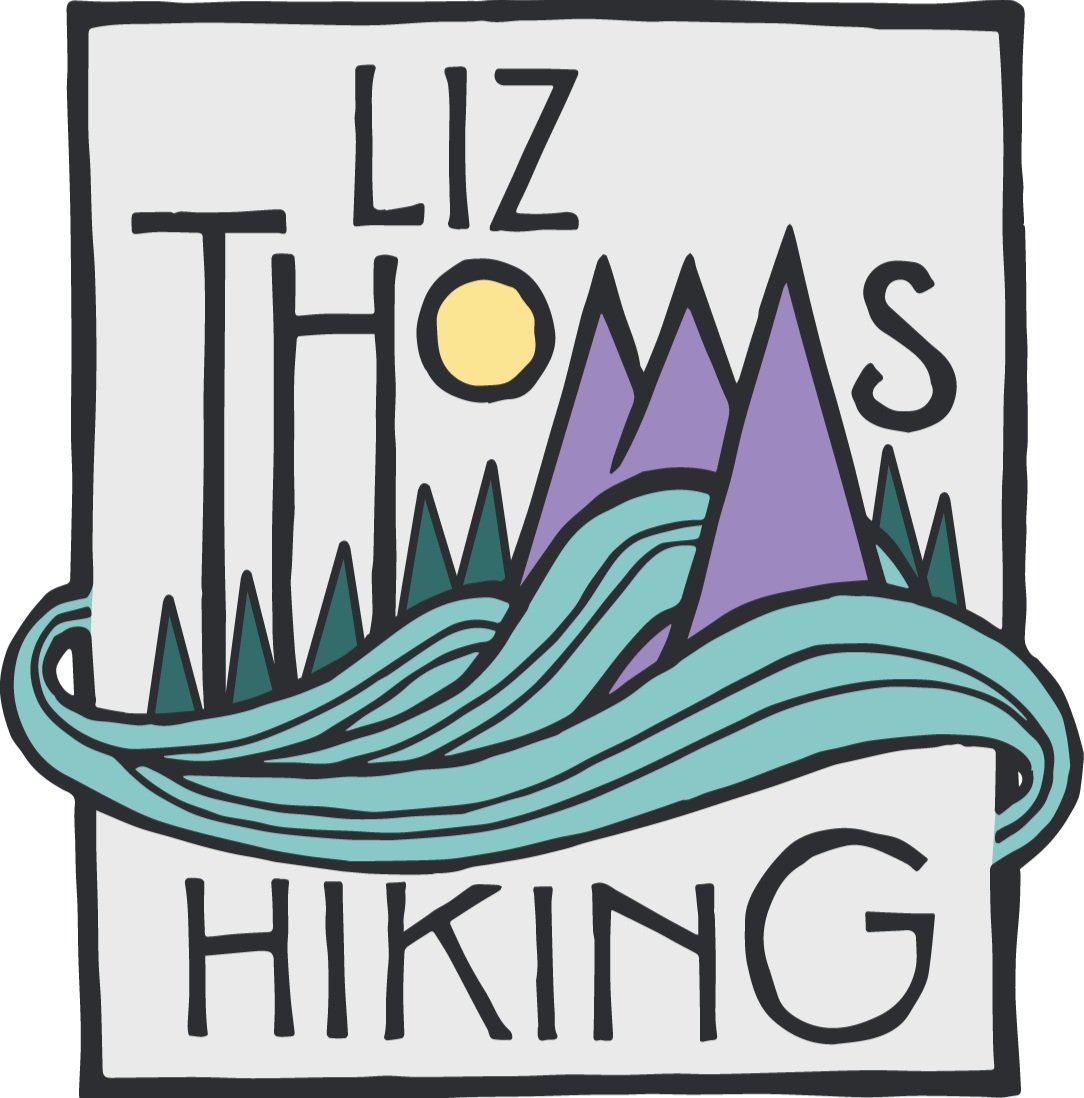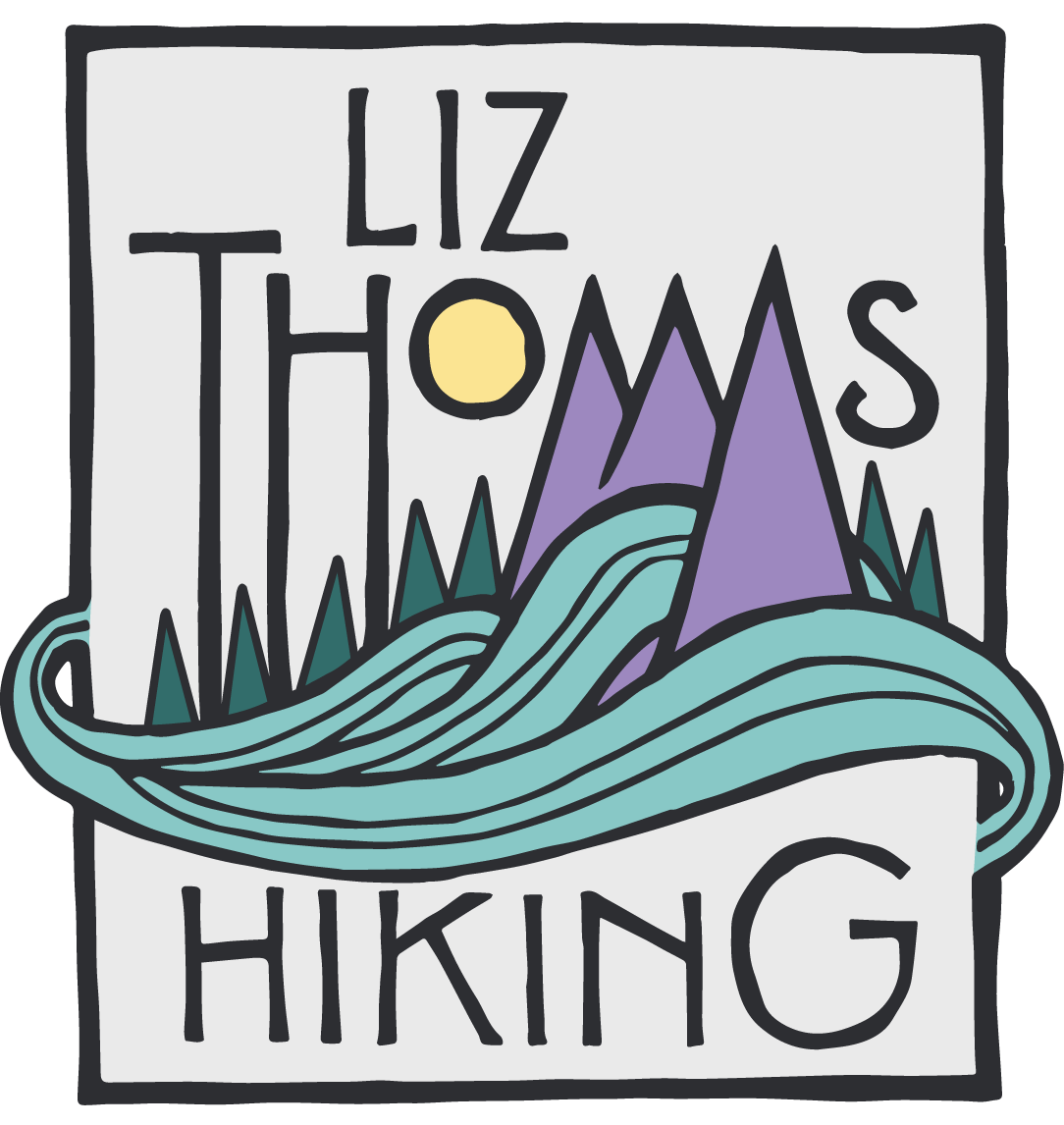What does the “hardest hike in America” mean?
The Princess of Darkness (of Trail Show fame) hanging on the edge of Vernacher Col
In the past week, this article posted on Gizmodo has been going around claiming the Sierra High Route is the hardest route in the Lower 48.
My recent trip on the SHR really cemented in my mind an idea I’ve been toying with—that how difficult you find a trail or route to be is relative to the hiker—her/his experience, fitness level, skills and knowledge, and mental state.
Our group had some discussion about whether the SHR is more difficult than the Continental Divide Trail. Most of the group thought the SHR was much harder. Although objectively speaking, I know the SHR was more technical and required much more experience and knowledge than the CDT to complete it safely (which thank goodness, we all walked off the trail healthy and safe—a prospect we had put odds on before leaving for the trip), I couldn’t help but agree that I personally found the CDT to be harder.
Allgood descending 30 feet of Class 3 slab after Blue Lake Pass
The main reason for this was because when I hiked the CDT, I did not have the skills, knowledge, and experience that the trail required. I hiked the CDT during the shoulder season, providing me with additional challenges that I wasn’t prepared for. I was worried about not being able to make it through the snow in the San Juans, and tried to hike as many miles as I could, not giving myself adequate time for mental or physical recovery.
Meanwhile, my prep for the SHR was relatively solid (for me). The Sierras were my old stomping grounds and I had a wonderful group of mentors who taught me the skills and guided me through years of experiences in the Sierra that made me feel prepared for the trip. We hiked the SHR during a great season, and although we had some weather issues, I felt good about staying safe in those situations. Most importantly, I hiked the SHR with a great group of friends I could count on who were experienced and who made me smile all day. No matter how hard a trip, it doesn’t seem bad when you’re smiling.
If hardest hike in America means the one that does you the most bodily harm…
Ultimately, a trip’s difficulty is an equation between you and what the trail and its conditions (especially weather) requires.
The bigger the gap, the harder you will find the route and the more likely you will be injured or find yourself in a life threatening situation. The smaller the gap, the more manageable the trip. Of course, you can always try to increase that gap by creating challenges—hiking the trail faster, hiking the trail in the off-season, adding an extension or yoyo-ing the trail, or hiking the trail with a group of troublesome people.
Walking on ridges during thunderstorms is among the challenges of the SHR
After a few days on the SHR, I noted that what our team of experienced thru-hikers felt must have been a little like how a normal backpacker feels when s/he first undertakes a thru-hike of the John Muir Trail. Doing the SHR felt a bit like learning a new “sport”; traveling the SHR has about in much in common with thru-hiking as dayhiking has with backpacking. It wasn’t quite thru-hiking and wasn’t quite peakbagging (or pass-bagging) and wasn’t quite rock climbing.
Steve Roper, the climber who developed the route, calls SHR-ers “travelers” and the term seems fitting for one who undertakes the journey. I felt fortunate that I felt knowledgeable enough about the three “sports” that “traveling” is rooted in, that the SHR was not the most difficult trail for me.
So when you read Gizmodo’s article, take it with a grain of salt to determine whether the SHR will be the most difficult trail for you.





